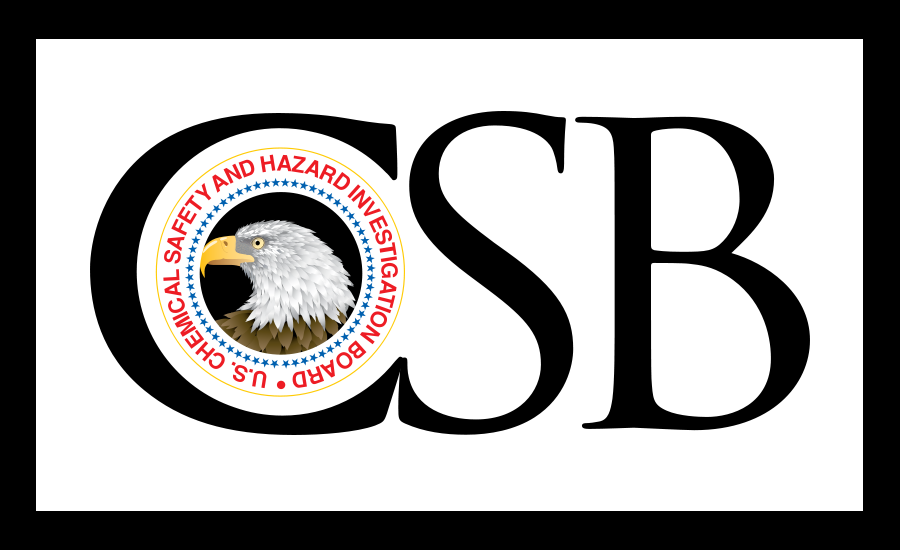Chemical release sends hundreds to hospital
Driver connected wrong hose

A tanker truck driver’s mistake at a chemical company in Atchison, Kansas sent a dense green toxic cloud into the air over a densely populated town, driving more 140 individuals -- both workers and members of the public -- to area hospitals and forcing others to shelter-in-place until evacuation orders were lifted.
And according to the U.S. Chemical Safety Board (CSB), the incident was preventable.
“Our investigation demonstrates all too clearly that complacency with routine practices and procedures can result in severe consequences,” said CSB Chairperson Vanessa Allen Sutherland.
The CSB’s just-released preliminary findings from its ongoing investigation into the October 21, 2016 toxic chemical release at the MGPI Processing plant identified several shortcomings in the design and labeling of loading stations, as well as adherence to chemical unloading procedures.
How it happened
The CSB’s investigation found that at about 7:35 am, a tanker truck from Harcros Chemicals arrived at the MGPI facility to deliver sulfuric acid. There, a facility operator escorted the driver to a locked loading area. The operator unlocked the gate to the fill lines and also unlocked the sulfuric acid fill line.
The facility operator likely did not notice that the sodium hypochlorite fill line was also already unlocked before returning to his work station. The driver connected the sulfuric acid discharge hose from the truck into the sodium hypochlorite fill line. The line used to transfer sulfuric acid looked similar to the sodium hypochlorite line, and the two lines were located in close proximity.
As a result of the incorrect connection, thousands of gallons of sulfuric acid from the tanker truck entered the facility’s sodium hypochlorite tank. The two materials combined to produce chlorine gas.
Design deficiencies
The CSB investigation concluded that emergency shutdown mechanisms were not in place or were not actuated from either a remote location at the facility or in the truck. The CSB found a number of design deficiencies that increased the likelihood of an incorrect connection, such as the close proximity of the fill lines, and unclear and poorly placed chemical labels.
In addition, the CSB found that both MGPI and Harcros did not follow internal procedures for unloading operations. CSB Investigator-in-Charge Lucy Tyler said, “Unloading activities occur at thousands of facilities across the country every day. This event should serve to remind industry to review their own chemical unloading operations and work with motor carriers to ensure chemicals are unloaded safely.”
The MGPI facility produces distilled spirits and specialty wheat proteins and starches.
About the CSB
The CSB is an independent, non-regulatory federal agency whose mission is to drive chemical safety change through independent investigations to protect people and the environment. The agency’s board members are appointed by the President and confirmed by the Senate. CSB investigations look into all aspects of chemical incidents, including physical causes such as equipment failure as well as inadequacies in regulations, industry standards, and safety management systems. For more information, contact public@csb.gov.
Looking for a reprint of this article?
From high-res PDFs to custom plaques, order your copy today!




